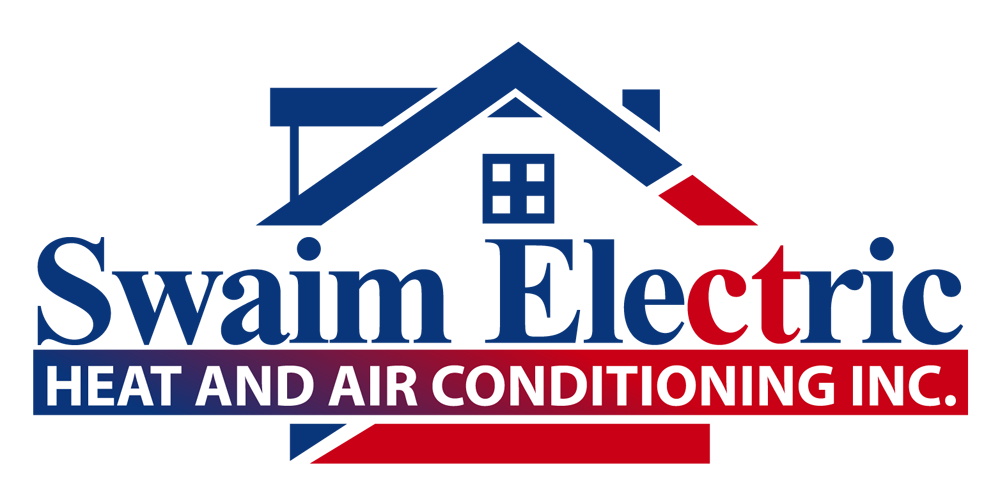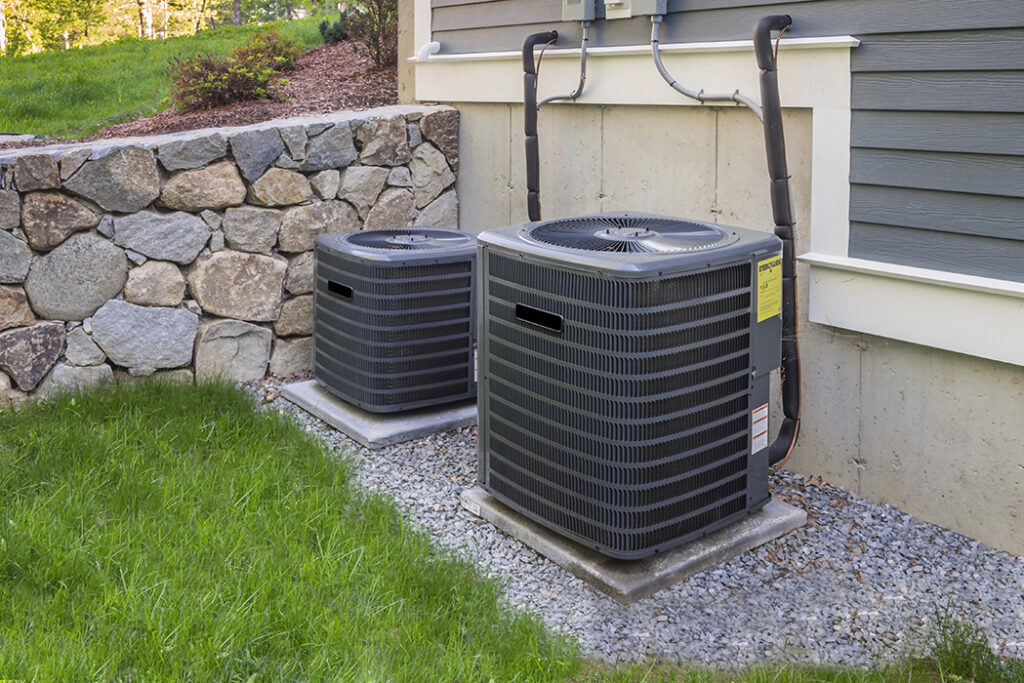What Are SEER Ratings and Why They Matter
SEER stands for Seasonal Energy Efficiency Ratio, a measure that gauges the efficiency of your air conditioning and heat pump systems. Think of it as the miles per gallon (MPG) for your HVAC system—only instead of fuel efficiency, it indicates energy efficiency.
To put it simply, the higher the SEER rating, the more efficiently your system operates. For homeowners, understanding SEER ratings can mean the difference between affordable energy bills and skyrocketing costs. It’s a vital piece of information that can make a big impact on both your wallet and the environment.
Breaking Down the SEER Scale
The SEER scale ranges from a low of 13 to a high of over 25, and understanding these numbers is key to making informed decisions. Standard systems typically have SEER ratings between 13 and 16, while high-efficiency systems boast ratings of 20 or more.
For instance, an HVAC system with a SEER rating of 13 will consume more energy to achieve the same cooling effect as a system with a SEER rating of 25. It’s like comparing a car that gets 15 miles per gallon to one that gets 35. Clearly, higher SEER ratings equate to better energy efficiency, resulting in lower electricity bills and a smaller carbon footprint.
How SEER Ratings Impact Energy Efficiency
Higher SEER ratings are directly linked to reduced energy consumption, making your home more environmentally friendly and cost-effective. Systems with high SEER ratings use advanced technology to cool your home using less energy, which translates to lower utility bills.
Imagine running two air conditioners for the same duration—one with a SEER rating of 13 and another with a SEER rating of 25. The unit with the higher SEER rating will use significantly less power to maintain the same temperature, saving you money in the process.
Selecting the Ideal HVAC System
Choosing the right HVAC system involves more than just opting for the highest SEER rating available. Homeowners need to consider their specific needs, climate, and budget. For example, in milder climates, a system with a SEER rating of 16 might offer a good balance between cost and efficiency. But in hotter regions, investing in a system with a higher SEER rating could be more beneficial in the long run.
Consulting with an HVAC professional, like Swaim Electric, can provide personalized recommendations based on your home’s size, insulation quality, and local climate conditions. Our experts can guide you in selecting a system that meets your efficiency goals while staying within your budget.
Maintaining and Enhancing HVAC Efficiency
Even the best HVAC systems require regular maintenance to perform at their peak. Regular checkups and cleaning can help maintain the system’s SEER rating, ensuring continued energy efficiency. Here are some maintenance tips to keep your system running smoothly:
- Regular Filter Changes: Dirty filters can restrict airflow, forcing your system to work harder and reducing its efficiency. Aim to change them every 1-3 months.
- Annual Professional Inspections: Schedule a yearly checkup with an HVAC technician to identify and fix any potential issues before they become costly problems.
- Clear Obstructions: Ensure that outdoor units are free from debris, leaves, and other obstructions that can hamper performance.
The Bottom Line on SEER Ratings
SEER ratings are more than just numbers—they’re a powerful tool for making your home more energy-efficient. From understanding the SEER scale to choosing the right system and maintaining it properly, being informed about SEER ratings can lead to significant savings and a more sustainable lifestyle.
Ready to take the next step? Consult with the HVAC professionals at Swaim Electric to evaluate your current system and explore options for upgrading to a high-SEER model. Investing in an efficient HVAC system today means enjoying a comfortable, cost-effective home for years to come. Contact Swaim Electric today to discuss your options and start saving on energy costs!


